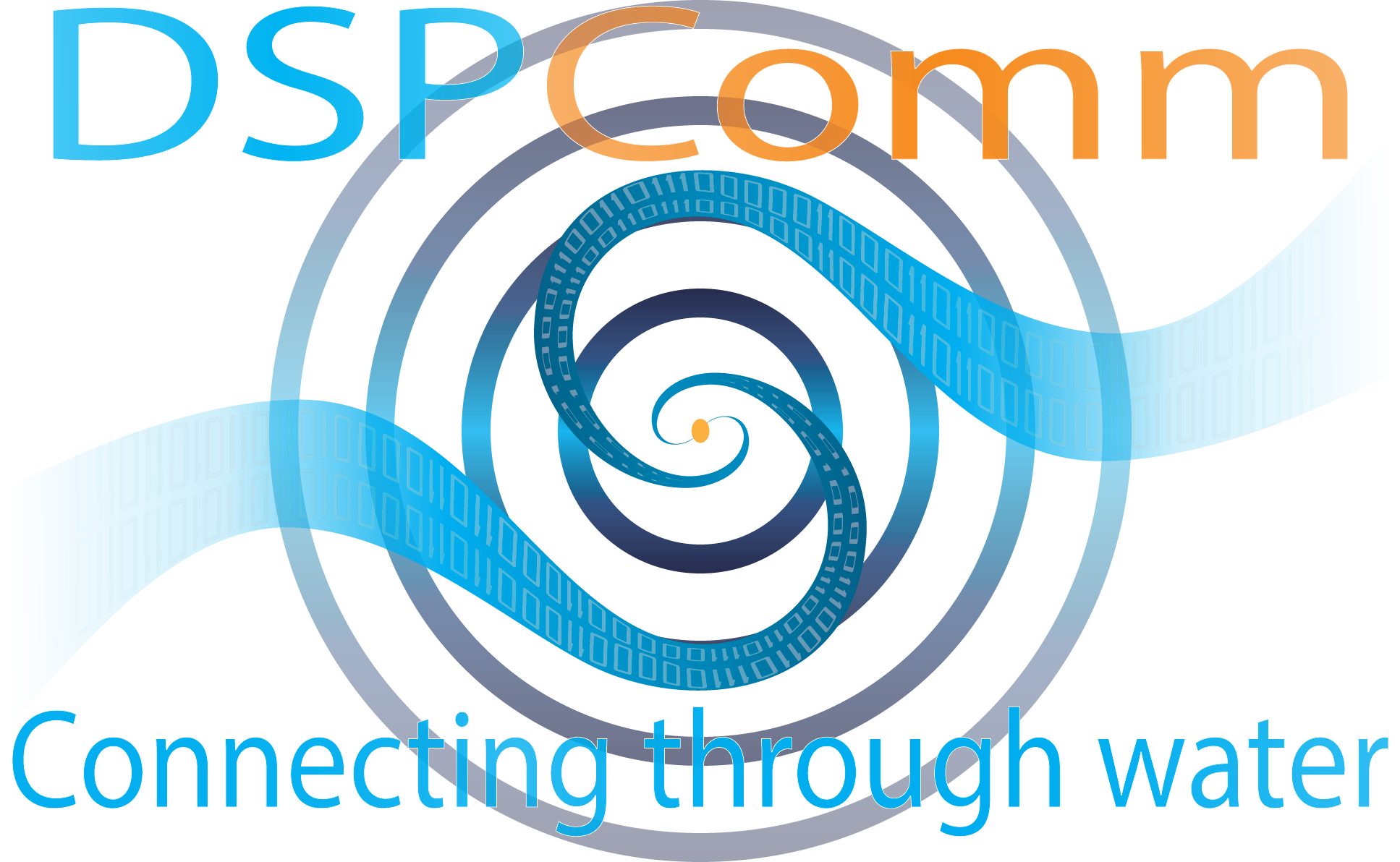
Relevance Of Underwater Wireless Communications And Networks
Underwater wireless communications have assumed a very vital role in marine activities for military and private commercial purposes such as environmental monitoring, underwater exploration, and scientific data collection. Underwater wireless communication networks (UWCNs) involves the interaction, coordination and informative relationship between sensors in order to carry out sensing and monitoring functions. Because about 71% of the earth’s surface is water, the relevance of underwater communication network (UWCN) in a vast range of applications like oil-rig maintenance, environmental research, coastal surveillance systems, autonomous underwater vehicle (AUV) operation, linking submarines to land, collection of data for water monitoring, among many others, continues to rise. However useful and necessary they are, underwater networks remain very challenging due to several factors like the harsh conditions – severe attenuation and multi-path dispersion – of underwater channels.
RELEVANCE OF UNDERWATER NETWORKS IN UNDERWATER COMMUNICATION
Underwater networks and sensors are the keys to underwater communication. Through them, the following can be achieved:
1. Environmental Monitoring: Environmental monitoring is one of the most important applications of underwater sensor networks. Such as Monitoring of ocean currents and winds, chemical and biological pollutions, detecting climate changes and weather forecasting.
2. Assisted Navigation: With underwater communication, mooring positions, rocks, shoals, submerged wrecks etc can be effectively located and explored.
3. Distributed Tactical Surveillance: Through underwater sensor networks, one can easily monitor a particular area for reconnaissance, targeting, surveillance and intrusion detection systems.
4. Seismic Monitoring of Underwater Fields: Seismic monitoring of underwater fields is another aspect of underwater exploration that benefits largely from underwater communication and networks.
5. Disaster prevention: measuring seismic activity from remote locations can help to detect oceans disaster such as the dreaded tsunami.
6. Cooperative Ocean Sampling Networks: Through underwater communication and networks, a synoptic cooperative adaptive sampling of the 3D coastal ocean environment is efficiently carried out.
7. Underwater Mine Detection and Identification: Rapid environmental assessments of unknown objects are performed through concurrent operation of multiple underwater networks. By ripple effect, therefore, this scheme can easily facilitate underwater mine detection and identification.
8. Communication between Underwater Robots: UAV robots can be controlled via underwater communication and networks.
CONCLUSION
Today, Underwater Wireless Sensor Networks (UWSN) has garnered a staggering amount of attention from researchers, scientists, and even private businesses. However, when compared to Terrestrial Wireless Sensor Networks (WSN), Underwater Sensor Networks presents one with an intricate complexity.
